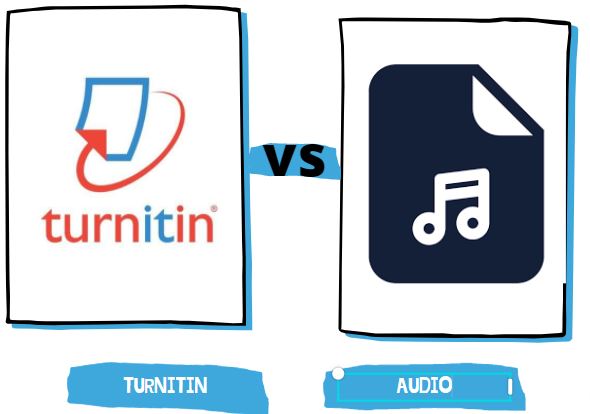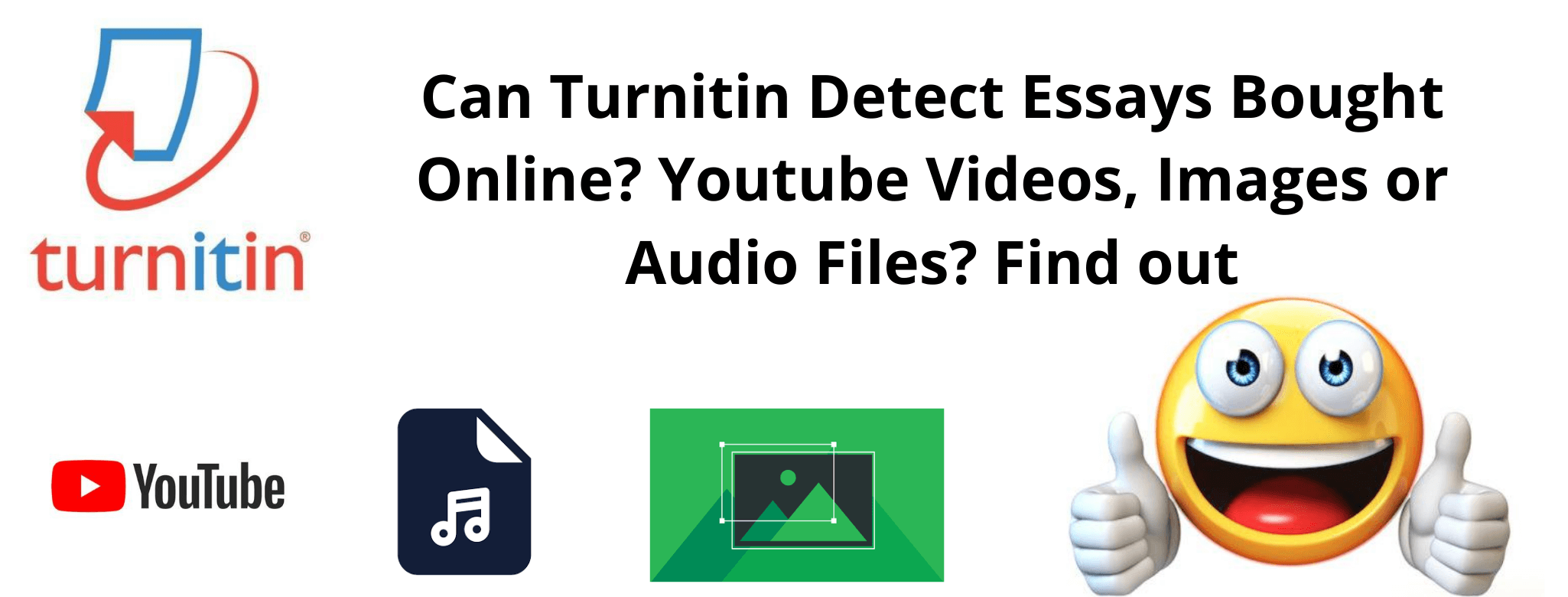Turnitin emerged in 1998, revolutionizing the approach to academic integrity. Its primary users are educators and students, emphasizing originality in academic endeavours.
Over the years, Turnitin has consistently expanded its capabilities. Notably, its integration of artificial intelligence (AI) has been a game-changer.
This technological leap forward enhances its ability to detect textual plagiarism. It also raises intriguing questions about its potential reach into multimedia, like YouTube content.
As Turnitin evolves, understanding these advancements becomes crucial for its user base.
This article delves into whether Turnitin’s new and improved plagiarism checker can now detect YouTube videos, YouTube descriptions and YouTube subtitles.
Join us in exploring this facet of Turnitin’s technological evolution.
How Does Turnitin work?
Turnitin operates on a sophisticated algorithm designed to detect plagiarism. At its core, Turnitin compares submitted work against an extensive database.
This database includes academic papers, books, and online sources. When a student submits a paper, Turnitin scans it for matching text.
The process is thorough, checking every line and phrase for potential matches. Turnitin’s efficiency stems from its ability to access a vast range of sources.
These sources include previously submitted student papers, adding to its comprehensive database.
This aspect of storing student papers is crucial for the continual expansion of its reference material.
However, Turnitin ensures the privacy and security of these stored papers.
The papers are used solely for plagiarism checking, respecting academic confidentiality.
Once Turnitin completes its scan, it produces a similarity report. This report is a detailed breakdown of matched content found in the submission.
It highlights the specific sections of the paper that match other sources. The report also includes percentages, indicating the extent of the match.
These percentages help educators assess the level of originality in the work. Turnitin’s similarity report is a powerful tool for educators.
It aids in identifying potential plagiarism and guiding students towards better academic practices. The report is not just a tool for detection but also for education.
It helps students understand the importance of original work and proper citation.
Can Turnitin Detect YouTube Videos?
Currently, Turnitin cannot directly detect content from YouTube videos.
This limitation is due to the nature of Turnitin’s design and functionality. Turnitin’s primary focus is on text-based plagiarism detection.
It scans and compares submitted texts against its extensive database of written content.
This database includes academic papers, books, and web pages, but not audio or video files.
As a result, if a student submits written work that is directly transcribed from a YouTube video, Turnitin might not identify it as plagiarism.
This is because Turnitin cannot cross-reference text against spoken words in videos. However, this does not mean that plagiarism from video sources is undetectable.
Educators often use other methods to identify plagiarism from multimedia sources. These methods include manual checks and other software tools designed for multimedia.
Additionally, Turnitin continues to evolve and may incorporate such features. Students need to understand that plagiarism in any form is academically dishonest.
Even if Turnitin can’t detect it from YouTube videos, the ethical implications remain the same.
Can Turnitin Detect YouTube Transcripts?
Turnitin can detect plagiarism in YouTube transcripts if they are submitted as text documents.
When a YouTube video transcript is converted to text and submitted, Turnitin treats it like any other written document.
The software scans and compares the text against its comprehensive database. This database includes web pages and previously submitted academic papers.
If parts of the YouTube transcript match with existing content in Turnitin’s database, it will flag these sections in the similarity report.
However, this detection relies on the transcript being available in written form. Turnitin cannot analyze the audio or video content directly from YouTube.
It’s essential for students to understand that using uncredited transcripts from any source, including YouTube, constitutes plagiarism.
Thus, while Turnitin can detect copied content from YouTube transcripts, it requires these transcripts to be in a text format.
Can Turnitin detect youtube subtitles?
Turnitin can detect plagiarism in YouTube subtitles if they are submitted as text.
Similar to YouTube transcripts, subtitles must be in a text format for Turnitin to analyze them.
Turnitin’s plagiarism detection mechanism primarily scans written content. When YouTube subtitles are converted to text and submitted, Turnitin compares this text against its database.
This database contains various sources, including web content and academic papers.
If the subtitles have similarities with existing content in the database, Turnitin will highlight these in its similarity report.
However, Turnitin cannot directly analyze subtitle files or extract text from videos. The effectiveness of detection depends on the accuracy and completeness of the text conversion from the subtitles.
It is important for students to acknowledge that using subtitles from any video without proper citation is plagiarism.
Therefore, while Turnitin can process YouTube subtitles, it requires them to be presented as a text document.
Can Turnitin Check Audio?
Turnitin does not have the capability to check or analyze audio files for plagiarism.
Turnitin’s primary function is to detect plagiarism in text-based documents.
 It operates by scanning written content against its vast database of texts.
It operates by scanning written content against its vast database of texts.
This database includes academic papers, books, and web pages, but not audio or video files.
As such, Turnitin is not equipped to process or analyze audio recordings directly. This means that spoken words, lectures, podcasts, or audio clips cannot be assessed by Turnitin for originality.
However, if the audio content is transcribed into text, Turnitin can then analyze it.
In this case, the transcribed text is subjected to Turnitin’s standard plagiarism-checking process.
The software will scan and compare the transcribed text with its textual database. Any similarities or matches found will be reported in the similarity report.
Students must understand that while Turnitin can’t analyze audio directly, the ethical standards of not plagiarizing audio content remain. Educators might use other methods or tools to check for plagiarism in audio submissions.
Turnitin’s limitations in audio analysis highlight the importance of comprehensive academic honesty beyond just written work.
FAQ’S
If I take words from YouTube, will it still be detected in the plagiarism checker?
If the words taken from YouTube are submitted in text form, they may be detected by plagiarism checkers like Turnitin if they match with content in its database.
Does Turnitin detect YouTube comments?
Turnitin does not specifically target YouTube comments, but if these comments are available as text and match with Turnitin’s database, they could be detected.
Is copying notes from a YouTube video still considered plagiarism?
Yes, copying notes from a YouTube video without proper citation is considered plagiarism, as it involves using someone else’s work without acknowledgment.
